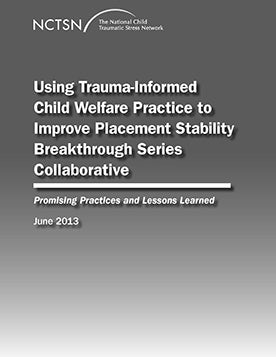
Using Trauma-Informed Child Welfare Practice to Improve Placement Stability Breakthrough Series...
Offers details about using trauma-informed child welfare practice to improve placement stability.
The following resources on child trauma were developed by the NCTSN. To find a specific topic or resource, enter keywords in the search box, or filter by resource type, trauma type, language, or audience.

Offers details about using trauma-informed child welfare practice to improve placement stability.
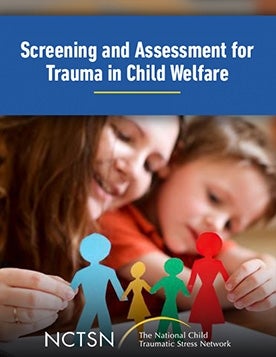
Addresses trauma screening and assessment for parents and children in the child welfare system, with a focus on how information gained through screening can help inform casework practice, improve family engagement, and guide decision-making regarding mental health services.
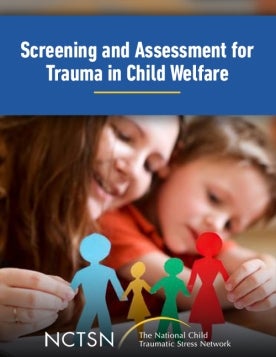
Describes the many transitions experienced by young traumatized children in the child welfare system and the challenges that they pose for young children.
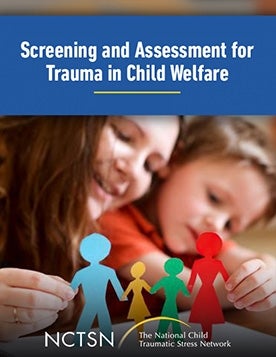
Discusses overcoming barriers, including the range of clinical experience and training among those administering trauma screening.
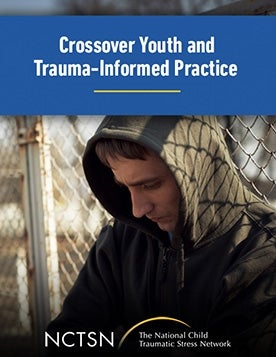
Reports findings from research on crossover youth.
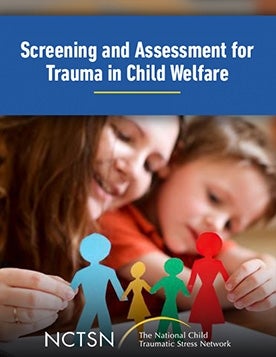
Explores issues of implementation and sustainability of screening and assessment in an already over-burdened child welfare system.
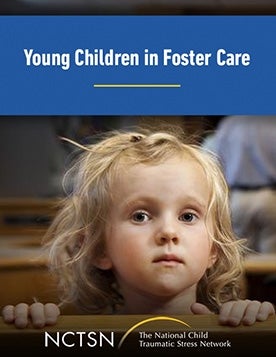
Discusses the many transitions experienced by, and the challenges transitions pose for, young traumatized children in the child welfare system.
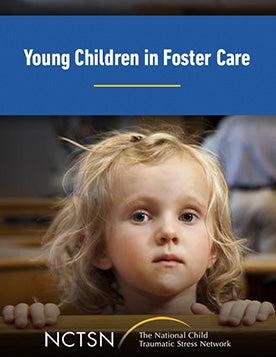
Addresses the important role visitation plays for young foster children and their caregivers.
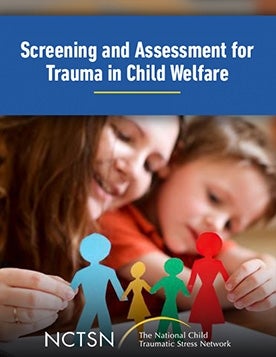
Describes, compares, and contrasts three specific trauma screening and assessment instruments that have been used extensively within child welfare settings.
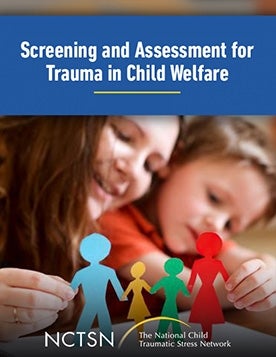
Describes the prevalence and impact of trauma on children in the child welfare system and the rationale for trauma screening and assessment.
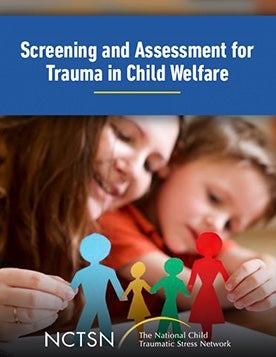
Explores the rationale for and utility of screening and assessing for trauma in child welfare setting.
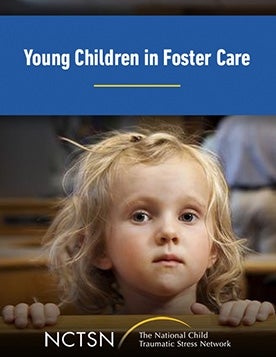
Addresses providing or referring infants, young children, and their caregivers for trauma-sensitive therapeutic interventions, including Child Parent Psychotherapy (CPP) and Attachment and Biobehavioral Catch-Up (ABC).